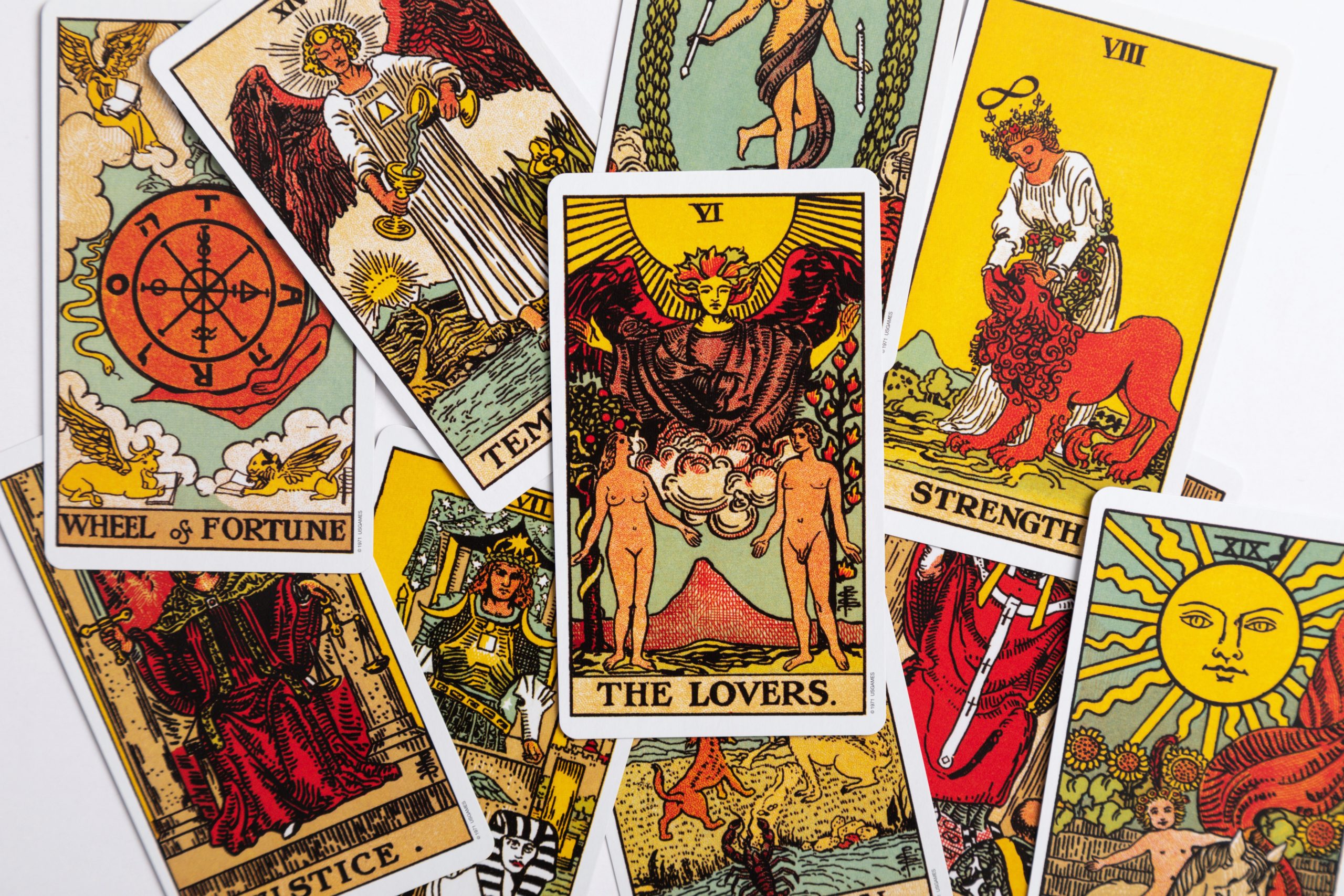Moon Phases in Hawaiian: Understanding the Mahina Hilo hanau Nui
The moon has always been a source of wonder and fascination for humanity. Its mysterious presence in the night sky has inspired countless legends, myths, and cultural traditions across different civilizations. In Hawaiian culture, the moon, or mahina, holds deep significance and is intricately woven into the fabric of their daily lives and island traditions.
The Lunar Calendar in Hawaiian Culture
The Hawaiian people, known for their deep connection with nature, have developed a unique lunar calendar to track the moon’s phases and integrate them into their daily activities. This calendar, known as Mahina Hilo hanau Nui, closely reflects the traditional Hawaiian way of life and provides a guide for fishing, farming, and even naming newborns based on the lunar cycle.
The Mahina Hilo hanau Nui consists of 30 lunar days or po, with each day representing a different phase of the moon. These phases are perceived as distinct personalities, each carrying its own unique energy and bringing different blessings to the land and sea.
The Moon phases and their Hawaiian names
Let’s explore the different moon phases in Hawaiian and gain a deeper understanding of their significance:
| Moon Phase | Hawaiian Name | Meaning |
|---|---|---|
| New Moon | Hilo | Time of silent introspection and new beginnings. |
| Waxing Crescent | Hilinaehu | A time for planting and nurturing new ideas and projects. |
| First Quarter | Kamalalawalu | A phase for growth, action, and making decisions. |
| Waxing Gibbous | Hoaka | A time for abundance, expansion, and manifestation. |
| Full Moon | Akua | A phase of heightened spiritual energy and celebration. |
| Waning Gibbous | Hoku | A phase for reflection, gratitude, and releasing what no longer serves us. |
| Last Quarter | Kaloakulua | A time for evaluating progress, clearing obstacles, and seeking wisdom. |
| Waning Crescent | Muku | A phase for rest, cleansing, and preparation for new beginnings. |
How Hawaiians Utilize Moon Phase Knowledge
Being intimately connected to the land and the ocean, the Hawaiian people have traditionally used their understanding of moon phases to guide their fishing and farming practices. By aligning their activities with the lunar cycle, they are able to optimize their chances of success and sustainability.
For example, during the Hilo or New Moon phase, Hawaiians would refrain from fishing, as it was believed that the fish populations would be less active and more elusive during this time. Instead, they would focus on tasks such as cleaning up their fishing gear, repairing nets, and planning for the upcoming cycle.
In terms of farming, Hawaiians would follow the lunar calendar to determine the best times for planting, nurturing, and harvesting their crops. Certain crops were believed to benefit from specific moon phases, and this knowledge was passed down through generations.
Moon Phases and Hawaiian Namesakes
Moon phases are not only important for fishing and farming but also play a role in naming newborns in Hawaiian culture. Hawaiians traditionally follow a practice called Hokeo, which involves naming a child based on the moon phase under which they were born.
For example, a child born during the Waxing Crescent phase, known as Hilinaehu, might be given a name that reflects the qualities associated with that phase, such as creativity, new beginnings, and growth.
Preserving Hawaiian Moon Phase Traditions
Although modern life has brought changes to Hawaiian culture, many Hawaiians still cherish and practice their traditional moon phase beliefs. Various community organizations, cultural events, and social media platforms aim to educate and celebrate these traditions, keeping them alive for future generations.
By understanding and appreciating Hawaiian moon phases, we not only gain insight into their rich cultural heritage but also develop a deeper connection with the natural world around us. The ancient wisdom of the Mahina Hilo hanau Nui reminds us of the interconnectedness of all things and encourages us to honor and care for the land and sea that sustains us.
Conclusion
The moon phases in Hawaiian culture offer a unique perspective on the rhythmic dance between the celestial bodies and the earthly realms. Through their lunar calendar and traditional practices, Hawaiians exemplify their reverence for nature and their deep connection to the land and sea.
Next time you gaze up at the moon, think of the mahina and the ancient traditions that have guided Hawaiian life for generations. Embrace the wisdom embedded in the moon’s phases and consider how you can align your own activities to harmonize with the natural world.
Table of Contents
